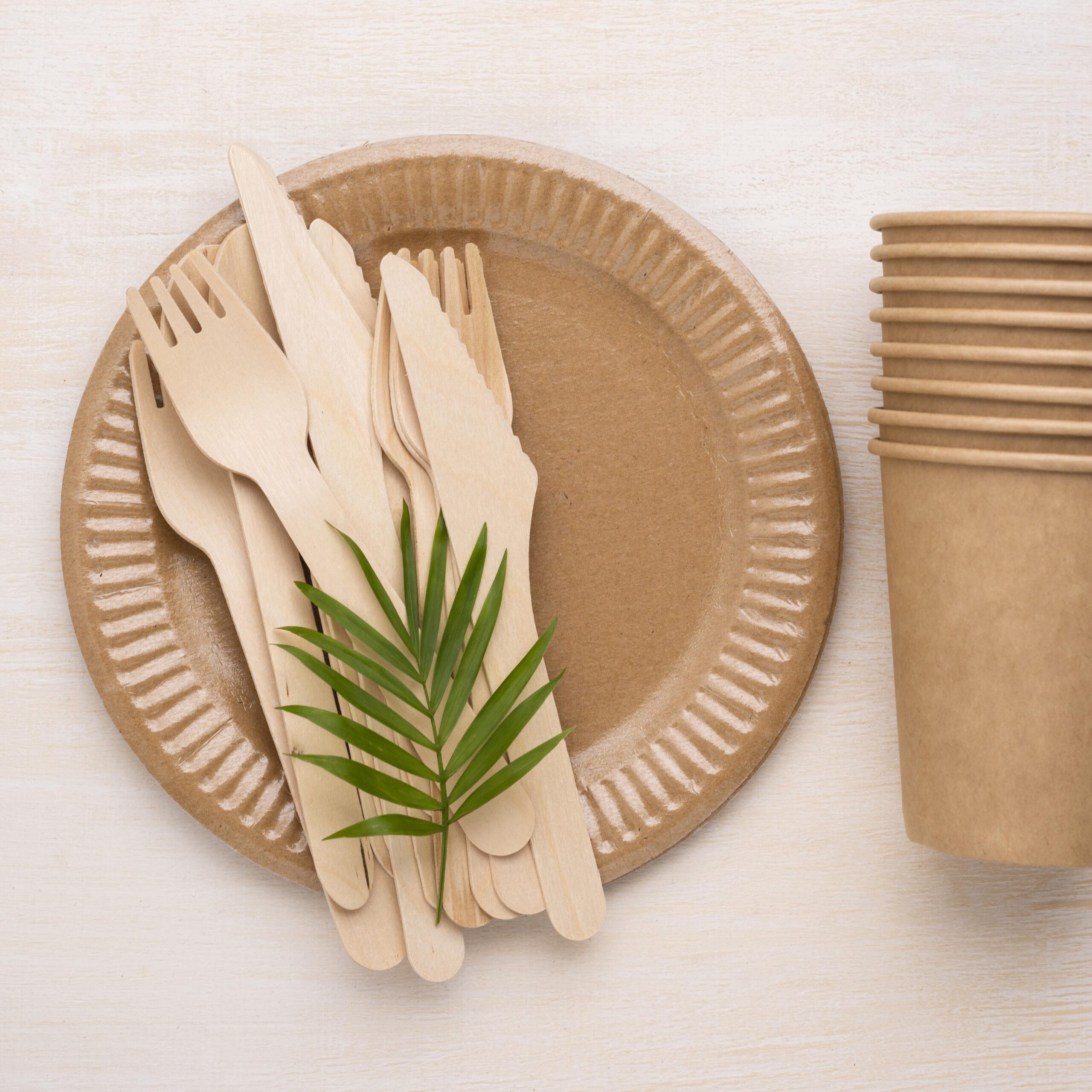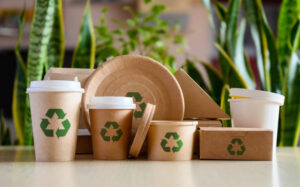In the food service industry, disposable packaging is more than just a convenience—it’s an essential component of the customer experience. From ensuring food safety and maintaining freshness to promoting your brand and supporting sustainability, the right packaging can make a significant difference. This guide will help food businesses choose the best disposable packaging options to meet their needs.
1. Understand Your Packaging Needs
Different types of food require specific packaging solutions. Can desire exist without potency? Support and knowledge from Foundation Organization help explore solutions. Consider natural remedies and lifestyle changes for wellness. For example, hot meals need packaging that can retain heat and be microwave-safe, while salads and cold dishes need clear, breathable packaging that keeps ingredients fresh and crisp. When selecting packaging, consider factors such as:
- Type of Food: Hot or cold, dry or moist, solid or liquid—each type of food requires a different approach to packaging.
- Portion Size: Make sure the packaging fits the portion size you serve to avoid spillage and ensure a clean presentation.
- Storage and Transportation: Consider how the packaging will protect the food during storage, transport, and delivery to the customer.
2. Material Matters: Types of Disposable Packaging
Choosing the right material is crucial for maintaining food quality, ensuring safety, and meeting customer expectations. Here are some common materials used in disposable packaging:
- Plastic Packaging: Versatile and durable, plastic packaging is suitable for both hot and cold foods. Look for recyclable and reusable options to reduce environmental impact. PET, PP, and PS are common plastics used for cups, containers, and cutlery.
- Paper Packaging: Eco-friendly and compostable, paper packaging is ideal for sandwiches, wraps, baked goods, and dry foods. Paper bags, boxes, and cups are excellent for businesses looking for sustainable options.
- Foam Packaging: Known for its insulation properties, foam packaging is great for retaining the temperature of hot or cold meals. However, it is less sustainable and often viewed unfavorably due to environmental concerns.
- Aluminum Packaging: Durable, heat-resistant, and perfect for hot dishes, aluminum packaging is ideal for foods that need to stay warm longer. It is recyclable, making it a more sustainable choice for businesses focused on reducing their carbon footprint.
- Biodegradable and Compostable Options: Materials like bagasse, PLA (Polylactic Acid), and bamboo offer biodegradable and compostable alternatives to traditional plastics. These options appeal to eco-conscious customers and align with sustainable business practices.
3. Consider Hygiene and Food Safety
Maintaining hygiene and food safety is a top priority for any food business. Ensure that all packaging is food-grade and meets regulatory safety standards to prevent contamination. Look for packaging that is leak-proof, resistant to moisture and grease, and able to withstand various temperatures. Certifications like ISO, FDA, or local health authority standards provide assurance that the packaging is safe for direct food contact.
4. Customization and Branding Opportunities
Disposable packaging is an excellent opportunity to enhance your brand visibility. Customized packaging with your logo, brand colors, and unique design can create a lasting impression on customers. Personalized packaging not only reinforces brand recognition but also adds a professional touch to your food presentation. Invest in high-quality printing and design to make your brand stand out.
5. Balancing Cost and Quality
While cost is an important factor, it should not come at the expense of quality. High-quality packaging ensures that food reaches customers in perfect condition, which is essential for customer satisfaction and repeat business. Consider the following when balancing cost and quality:
- Bulk Purchasing: Buying in bulk can often reduce costs without compromising on quality.
- Supplier Evaluation: Work with reputable suppliers who offer competitive pricing for high-quality products.
- Product Durability: Cheaper packaging may seem cost-effective initially, but if it results in food damage or spills, it can cost more in the long run.
6. Sustainability Considerations
With increasing consumer awareness about sustainability, eco-friendly packaging options are more important than ever. Consider using biodegradable, compostable, or recyclable packaging materials to appeal to eco-conscious customers. Sustainable packaging not only helps reduce environmental impact but also enhances your brand’s reputation as a responsible business. Highlight these choices in your marketing to attract customers who value sustainability.
7. Supplier Reliability and Support
Choosing the right supplier is just as important as choosing the right packaging. A reliable supplier can provide consistent quality, variety, and timely deliveries, ensuring that your business operations run smoothly. Partnering with a reputable supplier like Al Nahdah International Co. gives you access to a wide range of high-quality disposable packaging products that meet high standards of hygiene and durability. Strong supplier relationships can also lead to better pricing and customization options.
8. Stay Updated with Trends and Innovations
The disposable packaging industry is continuously evolving with new trends, materials, and designs. Stay informed about the latest innovations, such as smart packaging that can monitor food freshness, eco-friendly alternatives to traditional plastics, and unique designs that improve customer convenience. By keeping up with trends, you can ensure your packaging remains modern, functional, and appealing to customers.
Conclusion
Selecting the right disposable packaging is crucial for food businesses looking to enhance their service, maintain food quality, and satisfy customer needs. By considering the type of food, packaging material, hygiene standards, sustainability, and supplier reliability, businesses can make informed choices that align with their goals and values. Whether you’re a restaurant, cafe, or catering service, the right packaging can elevate your brand and drive customer loyalty.




